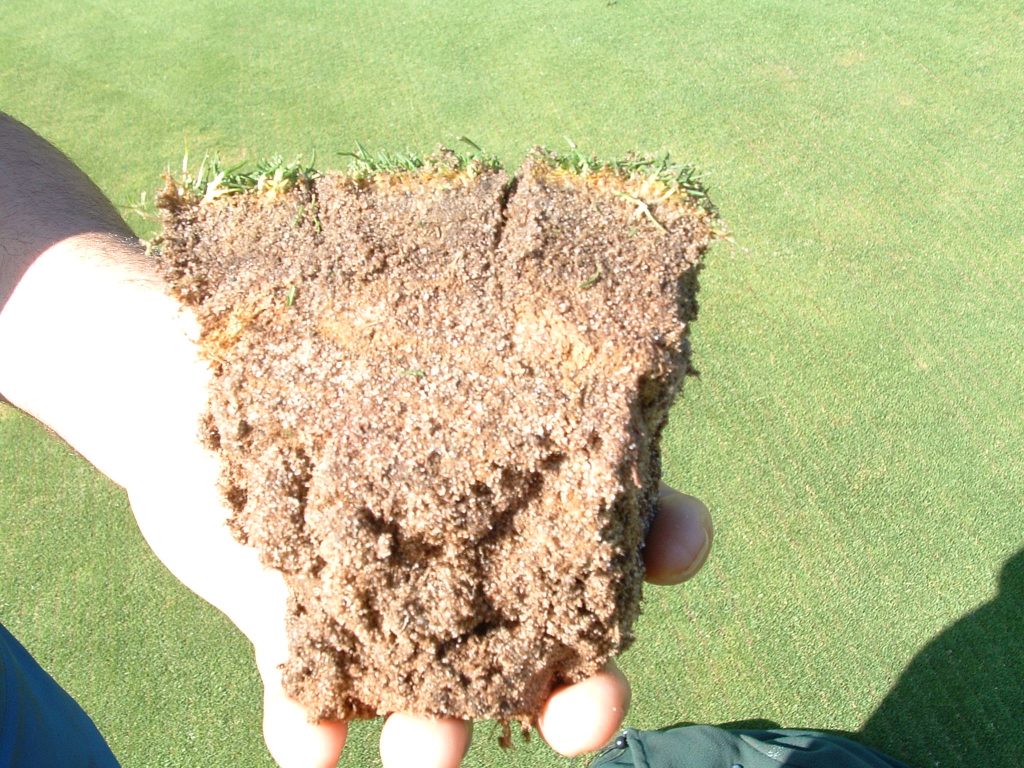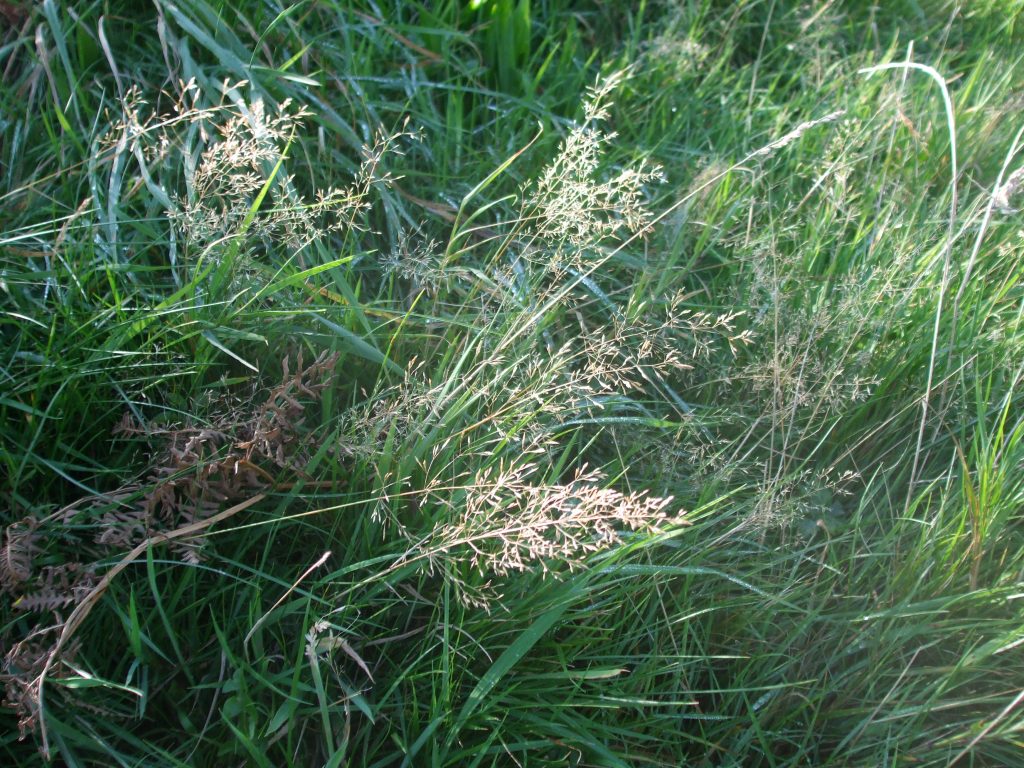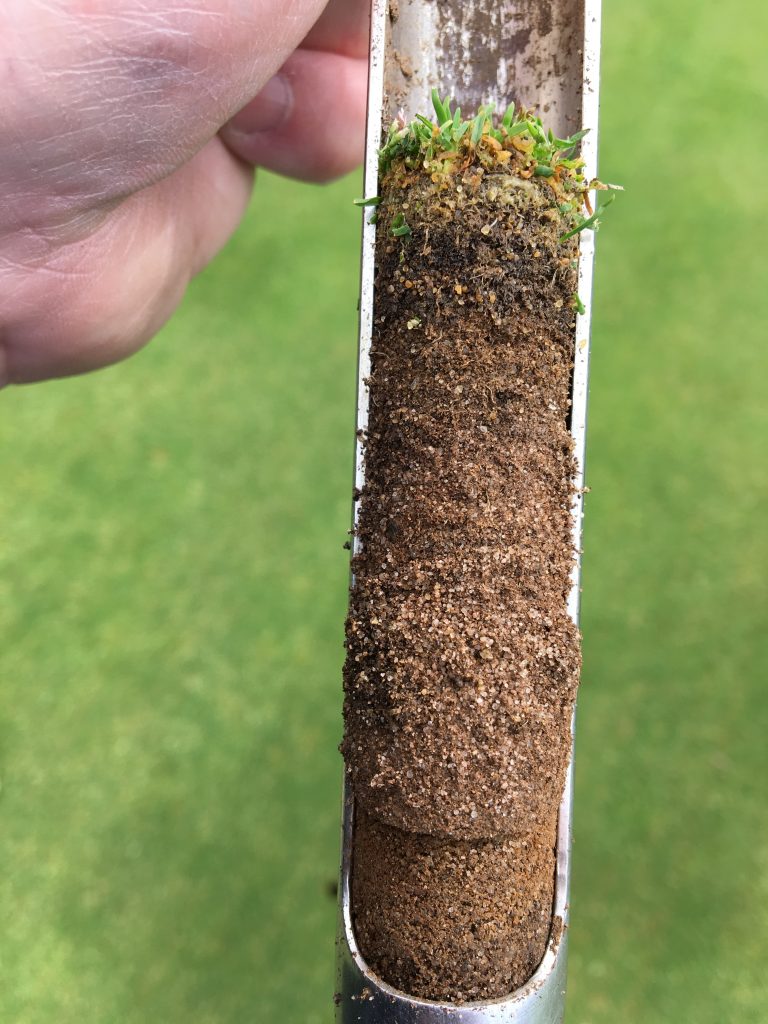What has this all meant for greenkeepers?
Related Articles
Two months of no golf when the season would normally have started, in most cases with minimal course maintenance, followed by unprecedented footfall and almost no rain. Noel MacKenzie looks at the questions greenkeepers should now be asking about their golf courses.
“Although the world is full of suffering, it’s full also of the overcoming it.” Helen Keller.
After many weeks of good weather and courses being closed with skeleton crew keeping a ‘holding pattern’ maintenance schedule, the go ahead was given for modified golf to be played again with very little notice.
Some courses were quick to respond and get going, which is great for our industry and a welcome sigh of relief could be heard. Of course it is a compromised situation and one which has placed greenkeepers in a very challenging situation for which preparation wasn’t easy.
Having survived the changes in situation and the holding pattern, what has happened since is equally unprecedented. Weeks of glorious sunshine and pleasant temperatures left golfers champing at the bit to get out and play. As soon as courses opened the demand was ‘off the scale’ for compromised golf, but what has this meant for greenkeepers?

A bit of a rest may have done wonders for increasing rooting depth
Understanding where we came from in this situation is important – the courses having not been under pressure and the greens in particular lived a fairly easy existence for over two months with no foot traffic and an easy 6-8mm cutting height in most instances. In some ways although easier on the grass, it got soft, coarser and out of condition slightly. Consequently, greens’ surfaces were not as tough as normal and more easily ‘bruised’ once dropped back into playing use.
This situation was exacerbated by some greenkeepers rushing too quickly with dropping height on the turf, thus putting it under a treble whammy of stress from environmental stress of drought pressure and high UV light values, usage stress from extra foot traffic and mowing stress having been taken from 6mm to 4mm overnight too swiftly in many instances.
Foot traffic has continued to be high and some outlets have suggested having a break for course maintenance may be necessary due to the exceptional levels of play. Hopefully that should not be necessary and it is unlikely that level of pressure will be sustained long term – sooner or later either work or wives / partners will demand a return to normal living. What is necessary whilst under high pressure is to be one step ahead, which, possibly, is somewhat too late for this article – the horse has already bolted! The situation has been made more pressured as some courses have closed, thus reducing supply at a time when demand is increased – a bitter sweet moment in our industry.

Some clubs may have an issue with ‘tiger’ rough getting away from them
On the basis we learn from our mistakes and for future reference what should we do when things are getting tough from playing pressure? The thinking course manager needs to ask some questions about his / her maintenance choices:
- Mowing – should I make adjustments to mowing treatment?
- How is my cleanness of cut?
- Is my bottom blade sharp and aggressive or more passive?
- Is it a good idea for me to be exercising pre-cut treatments? Should I be cutting with just blades or should I use brushes, rakes or grooming units?
- Am I cutting at the optimal height of cut? Should I get the tools out and check both bench and greens’ height with a prism gauge? (Spoiler alert: yes and be prepared for a surprise if the greens have got spongy / soft after time out maintaining them).
- How often and what intensity and depth of verticutting / scarification should I be inputting?
- Has the plant got the right nutrition available? Did I miss something due to the lockdown disrupting inputs? If so, how do I make good on that?
- Am I assessing irrigation and soil moisture contents and water infiltration results?
- What should I do regarding aeration and topdressing policy – are these helping or hindering results?
However, let’s go forward to where we are likely at now. You’re maybe looking at your course and it has had a veritable army of golfers marching through – what questions should be springing to mind? The first three are assessing what has happened and the later ones are what have you got to approach the challenges before you:
- How much traffic has come through my course? This is an invaluable measure and it is amazing how few clubs still know within a few percent what this value is! It is not just green fee rounds played plus ‘there were quite a few members out’ – the club needs a measure for lots of reasons, for greenkeeping decisions and the wider business model – without it you are blind both as a greenkeeper and club.
- What sort of traffic have we had? Have we had good quality golfers or the type of ill practiced swatters and swingers that seem to dig a foxhole with any shot other than a putt? Indeed some even seem to manage it with a putt!
- Are we meeting player expectations?
- Do I have full resources? Do I have full staff numbers and if furloughed off when will they return? What supply issues are we having? Have we any operational challenges / restrictions?
- Is my turf stressed and if so which surfaces? In what way is it stressed? How badly is it stressed?
Only by knowing the nature of the stress can a plan be developed on how to tackle it. The likely scenario is that pressure will be one or a combination of:
- Wear on playing surface from golfers’ foot traffic.
- Damage to plants or their leaves by golfers or by greens equipment.
- Surface firmness issues perhaps because of soil compaction at the surface or lack of surface firmness.
- Accumulation of salts in the soil surface due to evaporation of irrigation water.
- Drought stress.
- Nutritional stress.
- Unnoticed pest damage – leatherjackets (Tipula spp.) being a particular problem this year it seems.
The solutions to each or a combination of these challenges will need to be worked through and the possible actions will be determined by the answers to question one to three above.

Thatch accumulation near the surface may be an issue for many courses
In summary the thinking greenkeeper needs a set of skills to assist his task. He / she needs information, resource knowledge and availability and most importantly, an enquiring mind not afraid to seek support or help where needed. 2020 is a year that will stretch us all in ways we didn’t anticipate and to make the most of it perhaps is best summed up by the quote from Ralph Waldo Emerson:
“What lies behind us and what lies before us are tiny matters compared to what lies within us.”
View from the Coal Face: Steven Lloyd, course manager, The Worcestershire:
“We found there seems to be a much better appreciation from the members for what the greenkeeping team have done during and after lockdown. Hopefully this is not short lived, but at the moment it is certainly nice for the team.
“I never thought I would say this, but we all actually missed not having golfers playing the course and as nice as it was to work without interruption at did feel like we were maintaining the course without a purpose at times. I had to keep telling the lads the make the most of it and to focus on the fact that golf would be back again at some point.
“We definitely noticed that the course benefited from the rest and high traffic areas recovered better than ever before.”
View from the Coal Face: Chris Watson, course manager, Sherborne Golf Club:
“The dry spring followed with just 40mm rain in April falling to just 1mm in May meant that mowing wasn’t too demanding and we were able to top our fairways off at 25mm using the rough cutter. Members’ aspirations on return was a bit of a challenge because they had seen the course in less than pristine condition (our two-man team holding pattern) so reassurance that it would come good was needed.
“As it was we had great support from members when we were opening up again which might have taken two weeks with just our limited staff, but 46 members helped. Helpers on tasks like tidying bunkers and other non-technical operations reduced a two week opening to just four days. As an experience it provided good social contact for us on the greenkeeping side and the members learnt a lot more about what greenkeepers do which opened their eyes in a very positive way.”
Noel MacKenzie B.Sc.(Hons), MBPR, RIPTA, MRSB, CThA is an agronomist and the principal consultant at Sports Turf Consulting who sits on GreenKeeping’s editorial advisory panel.
Tel: (0)7739 505862.
Email: info@sportsturfconsulting.co.uk

























